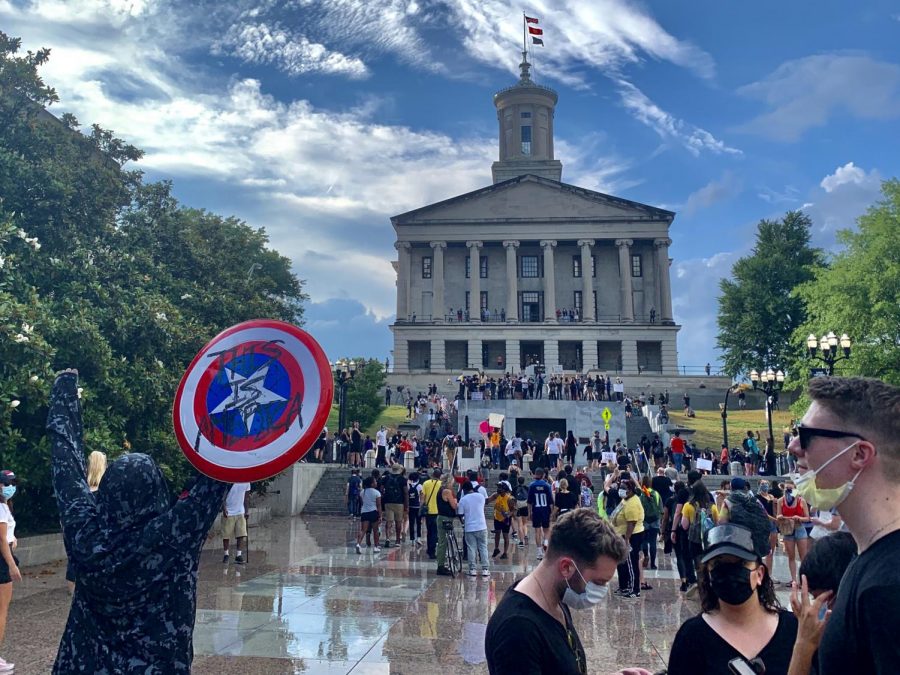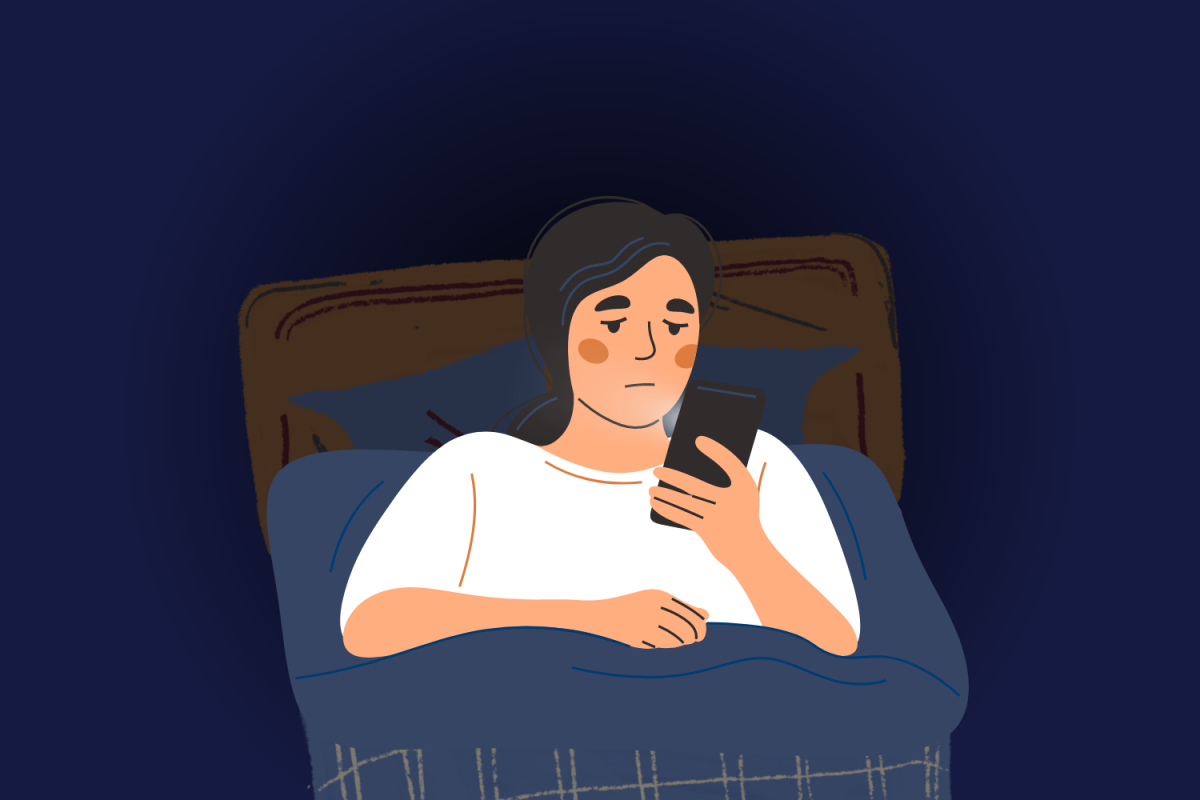Editor’s Note: This article includes mention of suicide.
Vanderbilt’s chapter of Active Minds placed over 1,000 backpacks on Alumni Lawn on Sept. 8—during Suicide Prevention Week—as part of a suicide awareness exhibit. Each represented one of the approximately 1,100 college students that lose their lives to suicide each year.
Active Minds is a national organization that seeks to promote mental health awareness and education among young adults aged 14-25. According to Active Minds Co-President and junior Christine Shatrowsky, the intent of the exhibit—titled “Send Silence Packing”—was to raise awareness for the prevalence of mental health issues and suicide rates among college students. Furthermore, she said she hopes it informed students of the resources and support available to them.
Attached to each backpack on the perimeter of the lawn was a one-page sheet containing the picture of a student whose life was lost to suicide and words from their loved ones honoring them.
Per a Sept. 6 email sent by the Student Care Network (SCN), alternate routes were available for students who wished to avoid viewing the display. The SCN also provided onsite resources for students viewing the exhibit.
“Student Care Network staff will be available onsite in the event you want to discuss or process the experience with someone and/or if? it evokes unintended distress,” the email reads.
Shatrowsky said the main goal of the exhibit was to encourage conversation about suicide and mental health.
“Suicide is a very obviously sensitive topic, and a lot of people try to beat around the bush about the topic,” Shatrowsky said. “We hope that this [demonstration] sparks conversation, and I think that it’s been doing so thus far.”
Active Minds board member and junior Joseph Sexton runs a mental health reform group within Active Minds. He echoed Shatrowsky’s comments and said discussions about mental health are very important, specifically those that examine underlying causes of mental illness, such as homelessness and wealth disparities.
“We’ve been trying to improve mental health in the United States forever, but over the course of 60 years of extensive funding from the NIH and even with less stigma today than 20 years ago, suicide rates have still increased—generally speaking—and the prevalence of mental illness is the same if not higher,” Sexton said.
Students exploring the exhibit said it was “eye-opening” and “impactful,” noting that it reminded them to continue supporting those around them who may be battling mental health issues.
“Seeing the backpacks spread out, I’m imagining each of these attached to a student, and that just makes me really sad,” junior Emma Hale said. “It’s just reminding me to check in on people.”
Junior Thanvi Dola said the symbolism of the backpacks heightened the impact and reality of the exhibit.
“These backpacks represent people who were young, people who took their lives, people who could be just like us. It’s definitely really eye-opening to look at and makes me think about the people around me who might be struggling who I need to reach out to or keep an eye on,” Dola said.
First-year Simon Gou said he appreciated the open environment that allowed such an exhibit to happen at Vanderbilt and looks forward to the discussions that follow.
“Your mental state or emotions can often not be identified from your face, and individuals might think it won’t be beneficial to share their feelings with others,” Gou said. “This display is really important because now people will be inspired to talk with their friends not just about what classes they’re taking but also asking things like ‘How are you feeling today?’ and ‘Would you like help from me?’”
Vanderbilt support staff at the event encouraged students struggling with mental health or experiencing suicidal thoughts to reach out to the University Counseling Center at (615) 322-2571, the National Suicide Prevention Lifeline at 988 or the Crisis Text Line by texting VANDY to 741741.










